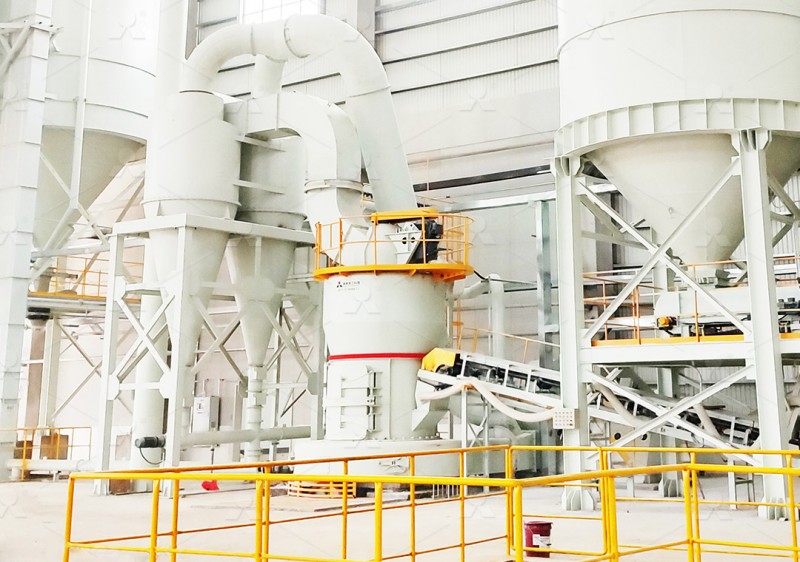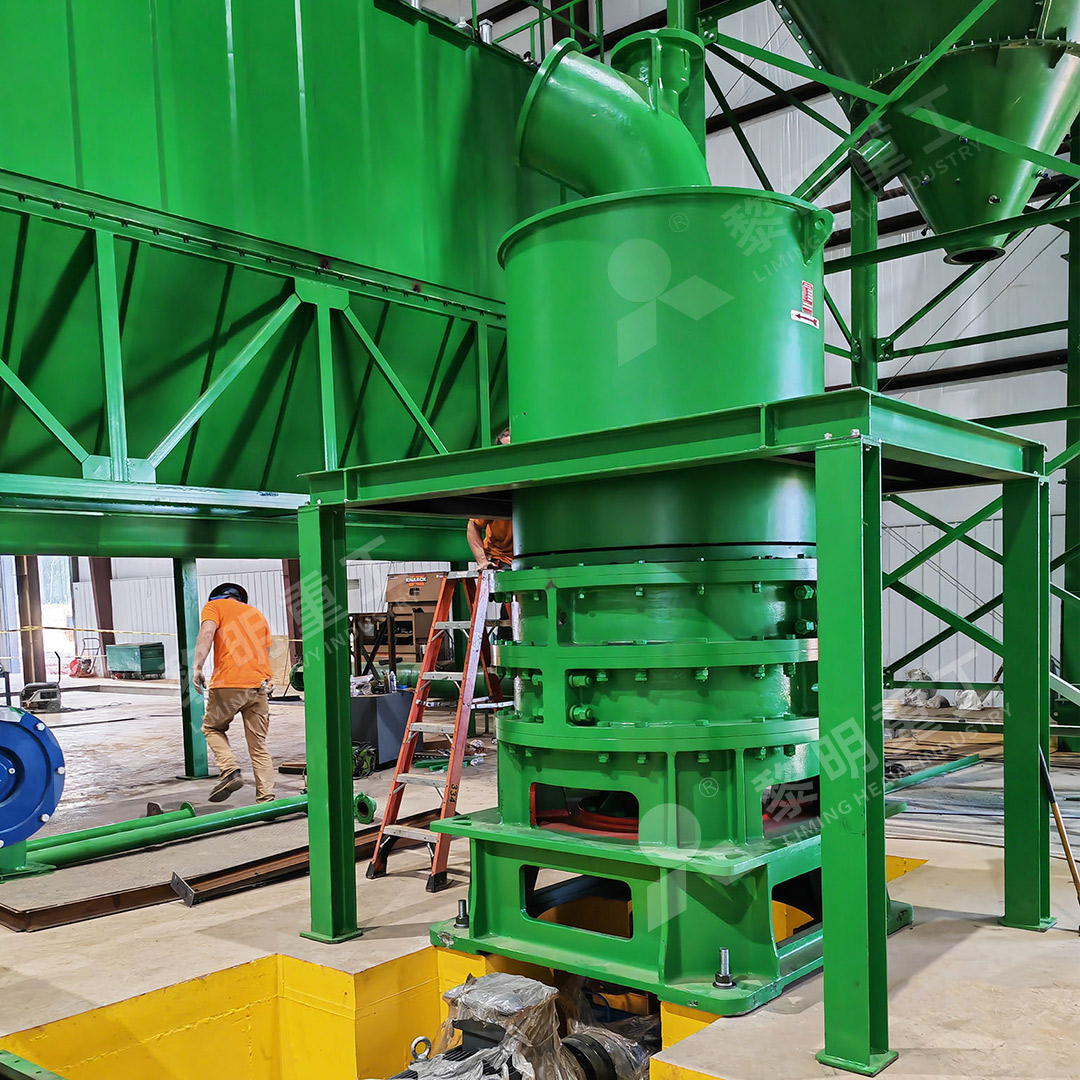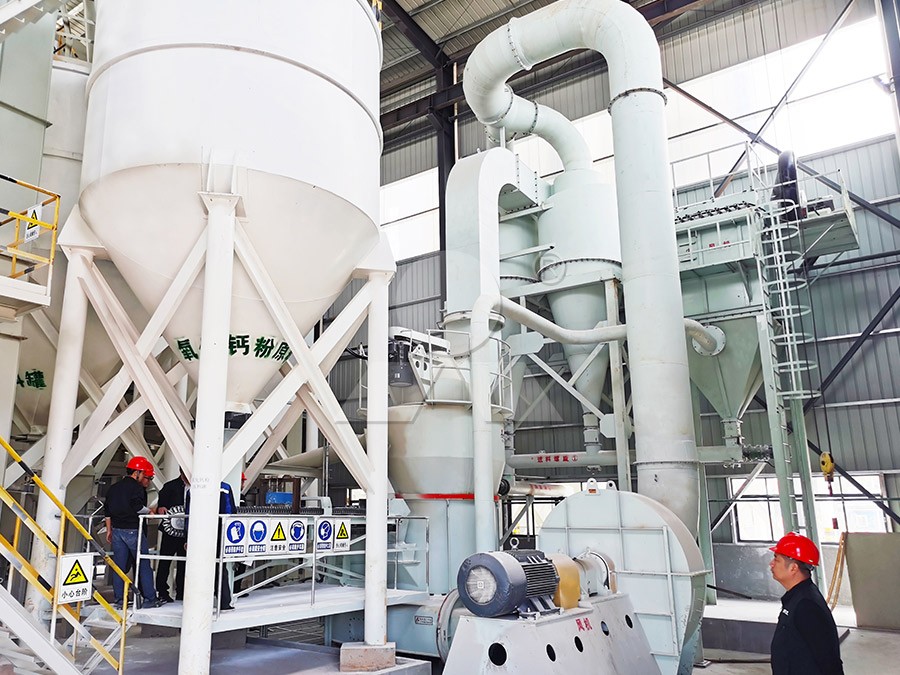Iceland Spar Raymond Roller Mill: A Comprehensive Guide to Grinding Equipment
Iceland Spar Raymond Roller Mill: A Comprehensive Guide to Grinding Equipment
For professionals in mineral processing and powder production, selecting the right grinding equipment is crucial for operational efficiency and product quality. Iceland Spar, a transparent calcite known for its double refraction properties, presents unique challenges and opportunities in grinding applications. This comprehensive guide explores the fundamentals of grinding technology with specific insights into processing materials like Iceland Spar.
The traditional Raymond Roller Mill has served industries faithfully for decades, offering reliable performance for medium-fine powder production. Its straightforward design and operational simplicity make it a popular choice for various mineral applications. However, as industry demands evolve toward finer powders and higher efficiency, advanced grinding solutions have emerged to meet these challenges.

Modern Grinding Solutions for Advanced Applications
When processing specialized materials like Iceland Spar, several factors demand consideration: particle size distribution, product purity, energy consumption, and environmental impact. Traditional mills may struggle with the precise control needed for high-value mineral applications where product consistency directly impacts market value.
For operations requiring ultra-fine powders with precise particle size control, our MW Ultrafine Grinding Mill represents a significant technological advancement. With an input size capability of 0-20 mm and capacity ranging from 0.5-25 tph, this equipment is specifically engineered for customers who need to produce ultra-fine powder with exceptional consistency. The MW series achieves adjustable fineness between 325-2500 meshes, making it ideal for high-value mineral applications where precise particle size control is critical.
Technical Innovations in Grinding Technology
The evolution of grinding equipment has introduced numerous innovations that benefit mineral processing operations. Advanced powder separation technologies, improved grinding curves, and sophisticated control systems have transformed what’s possible in powder production.
Our MW Ultrafine Grinding Mill incorporates several groundbreaking features that set it apart from conventional equipment. The newly designed grinding curves of the grinding roller and grinding ring significantly enhance grinding efficiency. Independent testing confirms that with the same fineness and power, the production capacity is 40% higher than jet grinding mills and stirred grinding mills, while delivering twice the output of traditional ball grinding mills. Remarkably, the system energy consumption is only 30% of comparable jet grinding systems.

Environmental and Operational Advantages
Modern grinding operations must balance production efficiency with environmental responsibility. The MW Ultrafine Grinding Mill addresses both concerns through integrated dust collection and noise reduction systems. The efficient pulse dust collector ensures no dust pollution generates during operation, while silencers and noise elimination rooms maintain workplace comfort and regulatory compliance.
Another significant innovation in the MW series is the elimination of rolling bearings and screws in the grinding chamber. This design eliminates concerns about bearing damage or seal failures, while preventing machine damage caused by loose screws. The external lubrication system allows for maintenance without shutdown, supporting continuous 24-hour production cycles that maximize operational uptime.
Selecting the Right Equipment for Your Application
When evaluating grinding equipment for minerals like Iceland Spar, consider both current needs and future requirements. The versatility to process various materials—from limestone, calcite, and dolomite to petroleum coal, gypsum, barite, and marble—provides operational flexibility as market demands shift.
For operations requiring even more advanced capabilities, our LUM Ultrafine Vertical Grinding Mill offers additional benefits. With input size of 0-10 mm and capacity of 5-18 tph, the LUM series integrates ultrafine powder grinding, grading, and transporting in a single system. Its unique roller shell and lining plate grinding curve design generates material layers more effectively, enabling high rates of finished products through single-pass powder milling.

Frequently Asked Questions
What makes the MW Ultrafine Grinding Mill suitable for processing Iceland Spar?
The MW series provides precise control over particle size distribution (325-2500 meshes) and maintains product purity through its advanced design that prevents contamination. The absence of rolling bearings in the grinding chamber is particularly beneficial for maintaining the optical properties of Iceland Spar.
How does the energy consumption compare between traditional Raymond Mills and the MW series?
The MW Ultrafine Grinding Mill reduces energy consumption by approximately 70% compared to traditional jet grinding mills while providing 40% higher production capacity. This significant efficiency improvement directly impacts operational costs.
Can the MW Grinding Mill handle other materials besides Iceland Spar?
Absolutely. The MW series is engineered for diverse applications including limestone, calcite, dolomite, petroleum coal, gypsum, barite, marble, talc, and coal powder. It also serves chemical industry applications for paint, cosmetics, medicine, and food additives.
What maintenance advantages does the MW Ultrafine Grinding Mill offer?
The external lubrication system enables maintenance without shutdown, while the absence of screws and rolling bearings in the grinding chamber eliminates common failure points. This design significantly reduces maintenance requirements and increases operational reliability.
How does the environmental performance of modern grinding mills compare to traditional equipment?
Contemporary grinding systems like the MW series incorporate integrated pulse dust collectors and noise reduction technologies that minimize environmental impact. The fully sealed system operates under negative pressure, preventing dust emissions while maintaining noise levels well below regulatory requirements.
